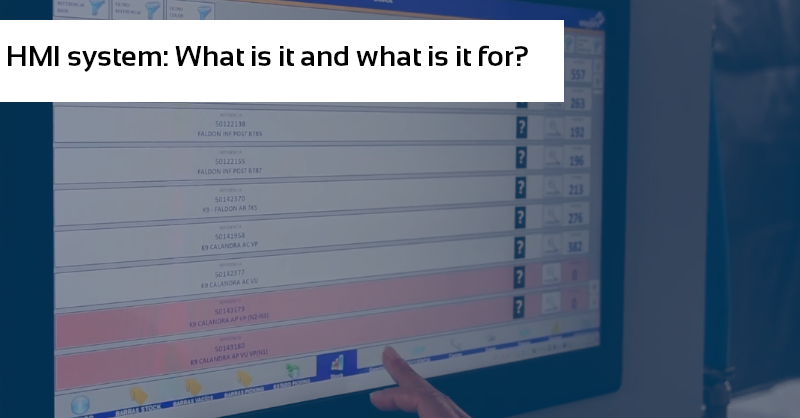The literal translation of the acronym HMI comes from H = Human ; M = Machine; I = Interface. As its acronym indicates, it is the interface that exists between a machine or industrial automation and an operator, production line, company or other system where the operator is necessary.
So to understand it better, it is a screen that the operator manipulates to manage a process. This environment in which the operator interacts with the machine are HMI screens.
They are digital screens that show information on automated machinery and on which you can maneuver and indicate actions.
What is it for?
The main function of HMIs is to display information in real time, provide visual information that provides meaning and context about the status of the pieces or the automation, valve, levels and other parameters of a certain process or machinery.
In our case, we use this HMI system in our Esyair product. The screens provide real-time information on the logistics flow of your plant. You will be able to consult and control everything related to your parts.
Advantages
• The parts or automation may be in an industrial environment adverse to the operator (temperatures, radiation, dust…) while the HMI screen may be in another remote area.
• The HMI screen allows the operator to have a large amount of information to have adequate control of the parts without having to move.
• The HMI system allows the management of different users by identification and the permissions granted.
• The HMI system allows adequate management of alarm states so that in the event of a dangerous event it can instantly present the information on the screen to inform the operators.

